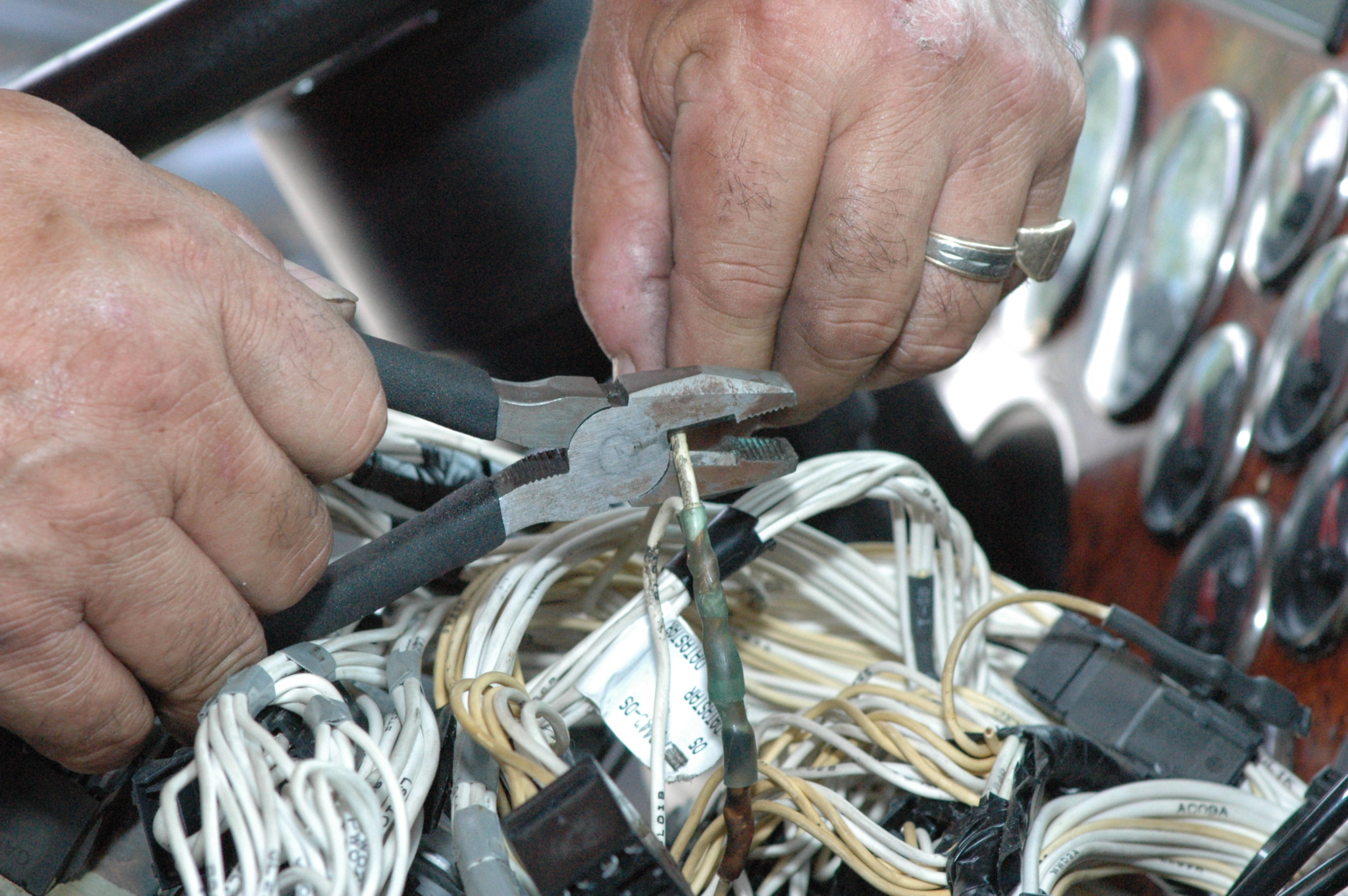Streamline processes with specialized mechanical system optimisation support.
Streamline processes with specialized mechanical system optimisation support.
Blog Article
Top Tips for Effective Electric System Troubleshooting
Troubleshooting electrical systems requires a systematic strategy, grounded in a detailed understanding of electric concepts and safety and security methods. The nuances of effective troubleshooting prolong beyond simple technical understanding; comprehending exactly how to record searchings for and prioritize security can substantially affect results.
Understand the Fundamentals
Comprehending the essentials of electric systems is crucial for reliable troubleshooting, as a strong structure enables service technicians to identify and fix problems much more efficiently. An extensive grasp of electric concepts, such as voltage, present, resistance, and power, is vital in determining the origin of troubles. Voltage is the electric prospective difference that drives existing with a circuit, while resistance opposes the flow of current, influencing the total performance of the system.
Knowledge with circuit elements, including resistors, capacitors, diodes, and changes, is also extremely important. Each element plays a distinct function in circuit behavior and can impact performance when malfunctioning. In addition, comprehending collection and parallel circuit arrangements is important, as these setups affect the distribution of voltage and existing within the system.
Additionally, knowledge of safety and security procedures is important. Professionals must recognize possible risks, such as shock and short circuits, to apply safe troubleshooting practices. By grasping these fundamental ideas, service technicians boost their capability to carry out effective diagnostics and repair work, eventually leading to improved performance and reliability of electric systems. This foundational knowledge is the keystone of effective troubleshooting ventures.
Gather Necessary Equipment
Efficient troubleshooting of electrical systems needs the best set of tools to identify and solve concerns properly. A well-equipped service technician can substantially enhance performance and performance in identifying problems. Important tools include a multimeter, which determines voltage, existing, and resistance, enabling exact examinations of electric parts. Secure meters are also valuable for determining present without detaching the circuit, making sure safety and security and ease.
In addition, protected hand tools such as screwdrivers, pliers, and cable strippers are critical for securely controling electric connections. It is also suggested to have a circuit tester available to validate the existence of voltage in outlets and cords. For more facility systems, a thermal imaging video camera can aid discover overheating parts, suggesting possible failures.

Follow a Methodical Technique
Having gathered the proper devices, the following action in fixing electric systems is to comply with a methodical technique. A systematic method makes sure that professionals can recognize mistakes effectively and precisely, decreasing downtime and preventing unneeded repair work.
Begin by evaluating the system's schematic diagrams and specifications. Understanding the design and operational parameters will certainly provide context for diagnosing issues. Next, separate the problem area by utilizing a procedure of removal. This entails monitoring each part methodically, beginning from the power resource and working in the direction of the lots.
Make use of testing tools, such as multimeters and oscilloscopes, to gather unbiased information about voltage, current, and resistance at various factors within the more system. This empirical proof will guide your troubleshooting initiatives and assist to confirm or remove possible root causes of failing.
In addition, take into consideration ecological aspects that might affect the system's performance, such as temperature level changes or moisture access. A detailed inspection of circuitry, connections, and components will certainly guarantee that all opportunities are represented.
Document Your Searchings For
Complete documentation is important in the repairing process of electric systems. This practice not just aids in recognizing the root reason of the problem but additionally serves as a referral for future troubleshooting efforts.

Additionally, keeping a log of components replaced or repair services executed is very useful. This details sustains supply management and can help analyze the long life and dependability of specific parts.
Eventually, the paperwork procedure must be complete yet concise, making it possible for very easy access and review - electrical system troubleshooting. By focusing on in-depth documentation, technicians can next develop a useful data base that not just help in current troubleshooting yet additionally equips future maintenance efforts, thus improving total system reliability

Prioritize Precaution
Identifying the fundamental risks connected with electrical systems is essential for making sure security throughout troubleshooting. Electrical shock, burns, and devices damages are just a few of the prospective hazards that service technicians encounter. Prioritizing precaution is not only a legal responsibility yet also a moral important that safeguards both the service technician and the surrounding setting.
Before commencing any type of troubleshooting job, professionals should don proper individual safety tools (PPE), including insulated gloves, shatterproof glass, and flame-resistant garments. Making certain that the work area is dry and complimentary of mess can significantly reduce the danger of crashes. Furthermore, it is important to de-energize circuits prior to starting any type of job, validating that they are not live through the use of a multimeter or voltage tester.
Establishing clear communication methods with staff member is also vital; this guarantees that everybody knows possible threats and the standing of the electric system being functioned on. Finally, having an emergency situation feedback strategy in place can verify vital in case of a case. By focusing on safety and security actions, professionals can effectively minimize threats and cultivate a much safer workplace.
Verdict
Reliable electrical system repairing counts on an extensive understanding of fundamental concepts and a methodical strategy. By gathering important devices, adhering to organized examination techniques, and diligently documenting searchings for, the fixing process ends up being more reliable and reputable. Prioritizing precaution guarantees the health of individuals entailed and the stability of the electrical read this system. Applying these techniques will improve the troubleshooting experience, bring about quicker resolutions and enhanced operational effectiveness in electric systems.
Report this page